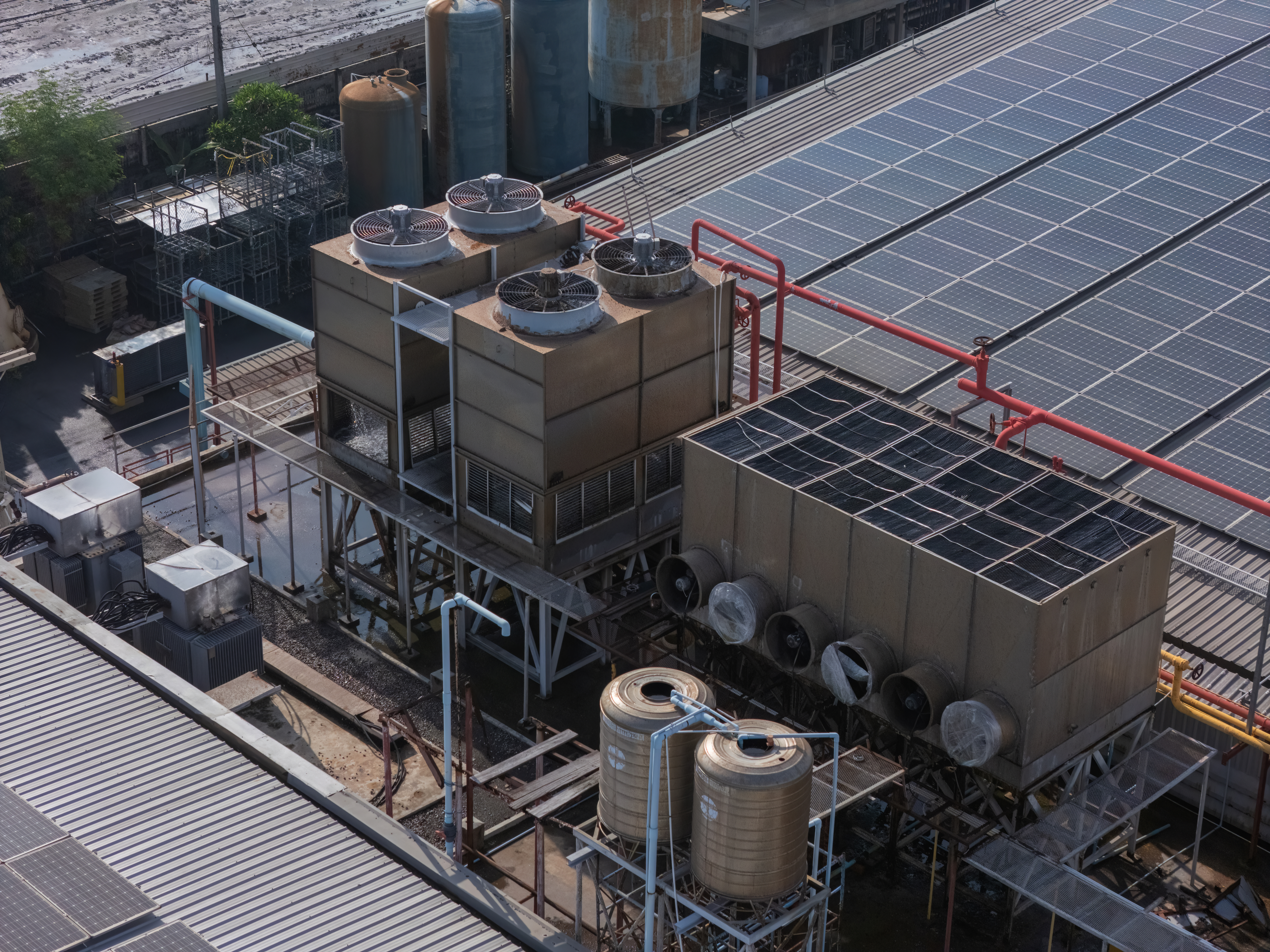When we think of railway infrastructure, we often imagine the tracks, trains, and stations that make up our public transport systems. However, beneath the visible surface, a number of components work together to ensure the safety, reliability, and efficiency of these systems. One of these key components is epoxy grout and it plays an essential role in various aspects of railway infrastructure.
Key Applications of Epoxy Grout in Railway Infrastructure
Baseplate Grouting
Purpose: One of the main uses of epoxy grout in railway infrastructure is securing rail base plates to concrete or steel structures. Baseplates effectively distribute the loads from the rails to the underlying foundation.
Benefits: Epoxy grout creates a strong bond between the baseplate and the foundation. This reduces the risk of rail movement and provides stability. It also helps distribute loads more evenly, minimising wear and tear on the infrastructure.

Rail Support and Anchoring
Purpose: Epoxy grout is used to anchor rails to concrete slabs or other foundations, ensuring they remain securely in place.
Benefits: The compressive strength and excellent adhesion properties of epoxy grout make it ideal for this application, as it provides long-lasting support and reduces the risk of rail misalignment. One study found that, incorporating epoxy resin and other substances, early-age compressive strength increases by 15.3% compared to traditional products. It also exhibits strong environmental resistance, with only a 6.7% strength reduction after sulfuric acid exposure and a 1.5% reduction after freeze-thaw cycle.
Crack and Joint Repair
Purpose: Over time, concrete structures supporting railways can develop cracks and joints due to environmental stress and heavy loads. Epoxy grout is used to fill these cracks and joints, preventing further deterioration.
Benefits: By sealing cracks and joints, epoxy grout prevents water ingress and other damaging elements from entering the concrete. As a result this prolongs the life of the infrastructure and maintains its integrity.
Vibration and Noise Reduction
Purpose: Trains generate significant vibration and noise, which can be problematic for both the infrastructure and surrounding communities. According to Science Direct epoxy has good sound-proofing properties because of its air resistance and dampening properties which inhibit sound transmission within the structure.
Benefits: Its dampening properties help reduce vibration and noise levels, contributing to a smoother and quieter ride. It also reduces stress on the structural components, extending their lifespan.
Structural Reinforcement
Purpose: In cases where concrete structures have weakened or damaged, epoxy grout can be used for structural reinforcement.
Benefits: It provides additional strength and durability and helps to restore the integrity of the infrastructure. This improvement helps it handle the demands of train operations.
Levelling and Alignment
Purpose: Accurate alignment and levelling of rail tracks are necessary for safe and efficient train operations. Epoxy grout is used to create a level surface for precise track alignment.
Benefits: The material’s stability and ease of application make it ideal for ensuring tracks are perfectly aligned, which is especially important for high-speed rail systems.
Advantages of Epoxy Grout in Railway Infrastructure
The use of epoxy grout in railway infrastructure offers several significant advantages:
- High Strength: Epoxy grout has excellent load-bearing capacity. This means the infrastructure remains stable and secure under constant stress.
- Durability: The material is highly resistant to wear and tear, chemicals, and environmental conditions. As a result, infrastructure requires less frequent maintenance and repairs.
- Adhesion: Epoxy grout bonds well with a variety of materials, including concrete and steel. This is essential for applications like baseplate grouting and rail anchoring.
- Low Shrinkage: Unlike some other materials, epoxy grout exhibits minimal shrinkage over time, reducing the risk deformation.
- Fast Curing: Epoxy grout cures quickly, allowing for faster installation and reduced downtime during maintenance operations. This is perfect for minimal disruption to train services.
Typical Scenarios Involving Epoxy Grout
- New Track Construction: During the construction of new rail lines, epoxy grout is used to secure baseplates and ensure the alignment and stability of the tracks.
- Maintenance and Repairs: Regular maintenance of railway systems often involves the use of epoxy grout to repair cracks, fill gaps, and reinforce structures that have deteriorated over time. This maintenance helps extend the life of the infrastructure and ensure safe operations.
- Upgrades and Modernization: When upgrading existing railway infrastructure, epoxy grout plays a crucial role in improving the load-bearing capacity and durability of foundations and support structures. This can help to meet the demands of modern train operations.
Conclusion
Epoxy grout is essential in train infrastructure due to its unparalleled strength, durability, and versatility. Its applications in baseplate grouting, rail support, crack repair, vibration and noise reduction, structural reinforcement, and alignment are crucial for maintaining railway safety and efficiency. Alphatec Engineering specialises in epoxy grout solutions, offering expertise and tailored services to enhance and sustain the integrity of railway systems, ensuring they remain reliable and effective for years to come.
Contact us today for all your epoxy grout needs!



